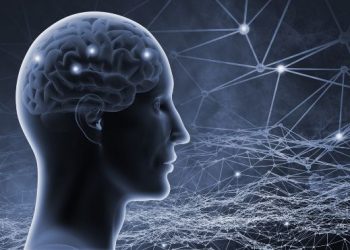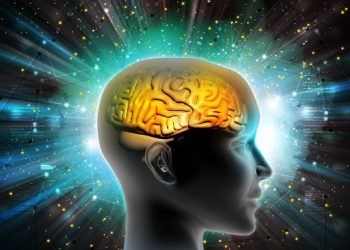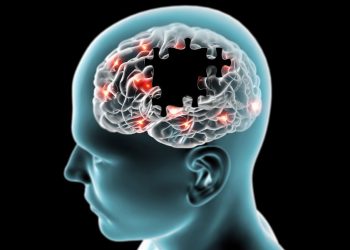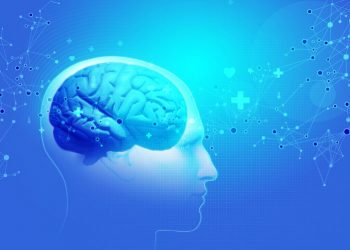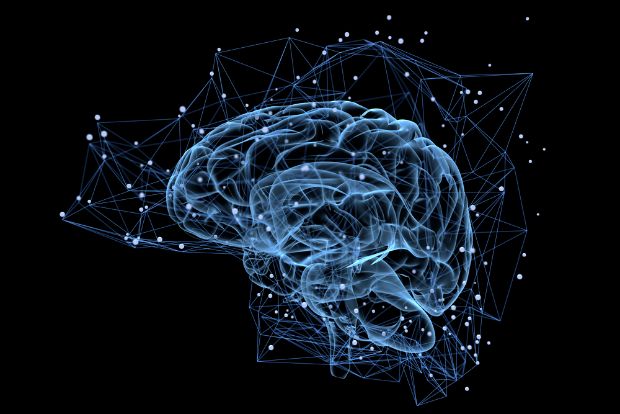
While there is no definitive test for cryptogenic stroke, it's important to be evaluated by your doctor as soon as you experience any of the symptoms. Your physician can determine the type of stroke and the best course of treatment, which can reduce the risk of the condition. This article will go over some of the most common symptoms and their causes. Then, you can learn how to reduce your risk. Read on to learn more about cryptogenic stroke and how to recognize its signs and symptoms.
The diagnosis of cryptogenic stroke is difficult because it may not be immediately obvious. While there are many symptoms that may suggest the presence of cryptogenic stroke, it's important to consider the underlying cause of the condition. As such, a thorough evaluation requires testing for neurovascular and cardiac abnormalities. Some tests may be required to help differentiate between the two. Some patients may need additional imaging tests to help determine if they're suffering from a cardioembolic disease or a vascular problem.
The primary treatment for cryptogenic stroke involves an evaluation by a neurologist. A detailed neurological exam will reveal the underlying causes of the symptoms. Brain and cardiac imaging are the most common tests for identifying cryptogenic stroke. CT and MRI scans are usually sufficient for identifying the cause. If no underlying condition is present, a patient's physician will likely prescribe an MRI to determine if there's a vascular problem.
The most comprehensive evaluation of cryptogenic stroke includes a comprehensive work-up that involves MRI and neurovascular imaging. An echocardiogram and cardiac enzymes may be necessary to confirm the diagnosis. Certain tests can also be helpful in determining the exact cause of the stroke. The goal of the entire evaluation is to pinpoint the most appropriate treatment for your specific case. If your doctor suspects you're experiencing any of the above symptoms, you should seek immediate medical attention.
Other Cryptogenic Stroke symptoms include pain and loss of consciousness. Depending on the underlying cause, the patient may experience various types of stroke. For example, the patient may have a pronounced headache. If the pain is accompanied by nausea and vomiting, cryptogenic stroke is most likely the underlying cause. Further, the patient may have a fever and confusional state. In addition to these symptoms, the patient may also experience a pronounced sensation of numbness or tingling in the body.
Oren Zarif
While there are many signs and symptoms associated with cryptogenic stroke, the most significant symptom is a lack of a definitive diagnosis. A diagnosis of cryptogenic stroke is made by ruling out other underlying causes. Moreover, the patient may have symptoms that are not immediately obvious to the patient. ESUS is often a sign of a vascular issue. It can also occur due to an underlying illness.
A thorough assessment of cryptogenic stroke symptoms may include a specialized blood test. A patient's symptoms may differ from those of a traditional ischemic stroke. There are also several factors that increase the risk of cryptogenic stroke. Smoking, high-fat diet, major stress, and lack of physical exercise are all factors that can increase the risk of the condition. Additionally, pregnancy and birth control pills can increase the risk of having a cryptogenic-stroke.
Because of the lack of a definitive cause, a cryptogenic stroke can occur from many other causes. It is important to note that the symptoms of cryptogenic stroke may not be completely indicative of a particular type of a disease. Therefore, it is important to make sure that a patient has a proper diagnosis. It is important to follow up regularly with the doctor and a blood transfusion. The treatment for cryptogenic stroke will vary depending on the type of asymptomatic complication.
A thorough evaluation of cryptogenic stroke will include imaging of the brain and the cardiovascular system. In most cases, a patient will have a cryptogenic ischemic stroke and a cardiac complication if they have a history of cryptogenic AF. Typically, the patient will have a definite diagnosis of the cause of the cryptogenic ischemic stroke. This type of astroglioma is a symptom of a symphysis of the arteries.
Oren Zarif

